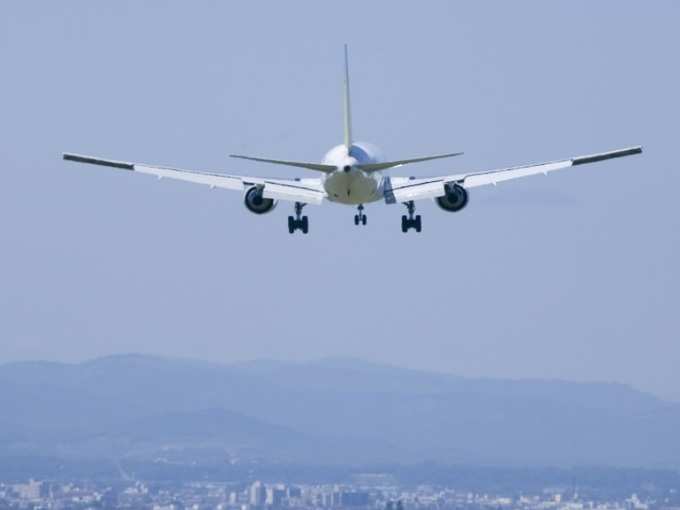
The Indian
Rough skies
India’s aviation sector has been going through rough skies. The last few years had the biggest names bleeding in the airline space in India. According to the Centre for Asia Pacific Aviation (CAPA) India Aviation Outlook report, the last seven years have been quite challenging for the Indian airline sector with its cumulative total loss (in these seven years) about $10.6 billion. In the FY 2013-2014, the combined loss of the industry stood at approximately $1.7 billion and the situation seems to stay the same with expected combined loss of the industry to be at Rs $1.3-1.4 billion, in FY 2014-2015.
Rougher for
It seems that the turbulent times in the aviation sector have affected the full-service carriers more.
And the year was challenging for the low cost airlines SpiceJet too, as it accrued its highest ever annual net loss of Rs 1003 crore this fiscal (FY 2013-2014). This is five times more than its annual net loss of Rs 191 crore in FY 2012-2013.
The only two airlines that have posted profits over the last couple of years are low cost carrier GoAir and Indigo. GoAir has posted approximately Rs 100 crore profit in both financial years. Indigo Airlines posted whopping profits of Rs 787 crore in FY 2012-2013, its current fiscal profits are not available yet experts claim that it had stayed profitable this year too. Clearly, so far, the low cost carriers look to be in a better position over the full service ones.
Not many takers for full-service carriers
The numbers of various airlines over the last few years indicate that there are not too many takers for full-service carriers, certainly not enough to be profitable. According to the CAPA report, in 2014, so far about 6.1 crore flew domestically. Out of this, only one-third, i.e., 2.2 crore took the full-service carriers Air India and Jet Airways (Kingfisher is grounded for two years). The low-cost carriers flew about 3.9 crore (two-third of the total flyers).
The economic downturn has made not only individual travellers cut costs, but the so-called suave corporate travellers too are cautious about spending. In most cases, companies prefer to book low cost carriers for their executive, barring only the senior most. This has impacted the occupancies of the full service airlines. Unfortunately, the trend is expected to go on meaning challenging times for the full service airlines.
Value for money is what Indian consumers want
Well, looking at the overall behaviour of Indian consumers across sector, one can easily say that value for money is a key focus for them, especially in the service sector. This means that while a segment of consumers often prefer the cheapest option available, there is a huge segment of consumers which weighs what is it that they are getting out of their money. So they may want a specialized service, better seats, meals, lounge access, etc. and they might be inclined to pay premium for it. But the question is how much premium? And do they really see value out of that premium.
If the Tata-SIA’s Vistaar and the other two full service carrier Jet Airways and Air India can work that equation well along with the right cost structure, they can make space for themselves in this cost driven airline industry.